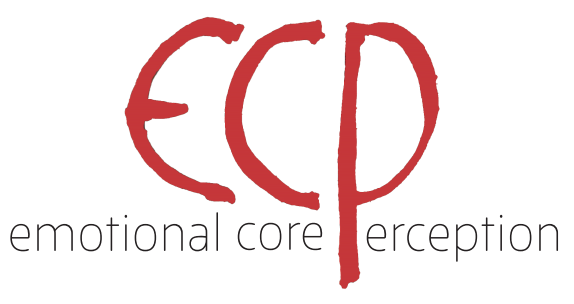The development of ECP
Bruno Adler (BA) came in contact in 1972 with the American College of Orgonomy (ACO), founded by Dr. Elsworth Baker, a
student and friend of Wilhelm Reich. During his own therapy, BA participated in ACO's seminars and talks for five years.
He then studied psychology in Sweden and met John Bowlby, whose attachment theory influenced the development of
Emotional Core Perception.
Bolwby's and Mary Ainsworth's groundbreaking research shows that insecure attachment causes somatic and mental health
problems.
The undistorted sensitivity of the early primal caregivers is crucial for the child's later secure attachment. Without
this sensitivity, there is a risk that the caretakers will react to the child's needs by doing too much, too little, or
at the wrong time. Thus, the child's safety and sensitivity are negatively affected, which has consequences for the
patient's internal working model (Bowlby's concept). The negatively affected working model is then passed on to their
adult relationships and may do so also epigenetically to the next generation.
We are usually born with the ability to see in-depth with sensitivity and emotional contact. A caregiver's lack of
contact can block, distort, or over-activate our sensitivity. To normalize it, we must overcome the fear that has
affected the sensitivity.
With the starting point of getting at the defenses in the eyes, Bruno began to develop working methods to help the
patients see and react emotionally like infants without any cognitive experiences.
Undistorted sensitivity is central in the physiological and neurological synchronizations in the interaction between the
attachment persons and the child. Although it is the mother, as the carrier of the child in the pre-natal interaction,
who becomes the person focused on, the environment, the heredity, and the context in which she finds herself are factors
that affects her.
Following Bowlby and Ainsworth, researchers suggested that the disturbance in sensitivity is due to a defect in
synchronization. Clinical observations in ECP point to the opposite: Sensitivity must first be restored to activate
synchronization.

